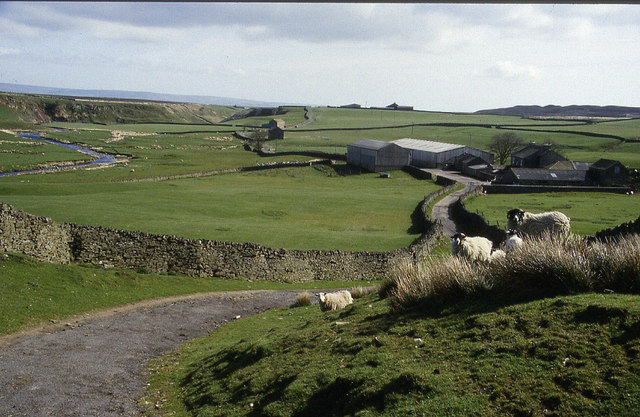Dale Head Common
Downs, Moorland in Yorkshire Richmondshire
England
Dale Head Common

Dale Head Common is a picturesque expanse of land located in the county of Yorkshire, England. Nestled within the Yorkshire Dales, this common offers visitors a unique mix of stunning downs and moorland landscapes. Covering an area of approximately 500 acres, Dale Head Common is a haven for nature enthusiasts and outdoor adventurers alike.
The common is characterized by its rolling hills, lush green pastures, and heather-covered moorlands. These diverse habitats provide a home to a wide array of plant and animal species, making it a popular destination for wildlife enthusiasts. Visitors may spot iconic species such as red grouse, curlew, and lapwing, as well as a variety of wildflowers and mosses.
Dale Head Common boasts several walking trails that meander through its captivating landscapes. These paths offer breathtaking views of the surrounding countryside, including the nearby Wharfedale and Nidderdale valleys. The common also provides ample opportunities for birdwatching, photography, and picnicking.
For those seeking a more immersive experience, camping is permitted in designated areas, allowing visitors to spend a night under the starry Yorkshire sky. However, it is important to note that open fires are strictly prohibited to protect the delicate ecosystems.
Dale Head Common is easily accessible by car, with a nearby parking area available for visitors. The common is open year-round, though the best time to visit is during the summer months when the landscape is in full bloom. Whether one seeks solitude in nature, a scenic walk, or a chance to observe wildlife, Dale Head Common offers a quintessential Yorkshire experience.
If you have any feedback on the listing, please let us know in the comments section below.
Dale Head Common Images
Images are sourced within 2km of 54.466641/-2.0502782 or Grid Reference NY9607. Thanks to Geograph Open Source API. All images are credited.


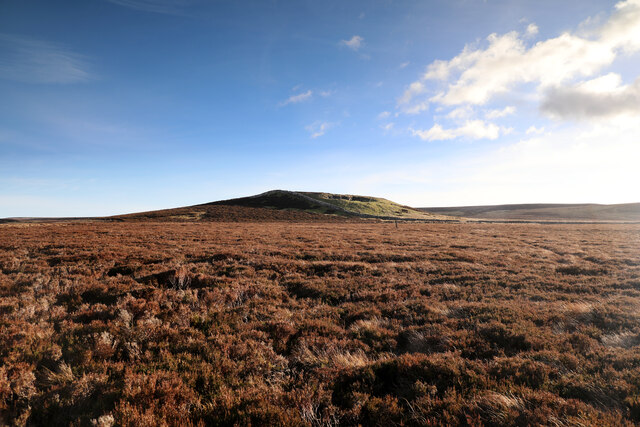
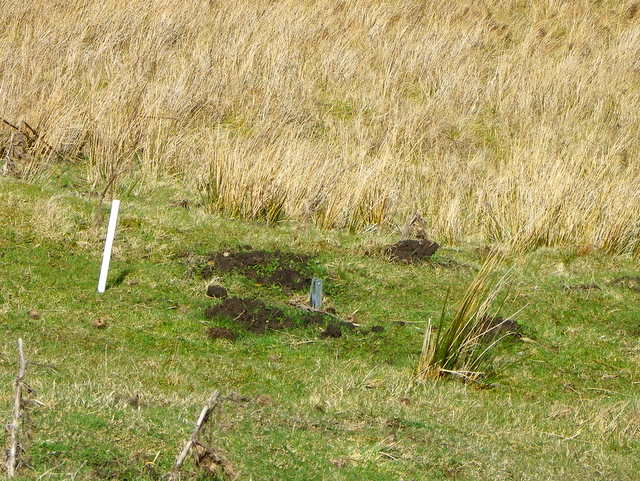
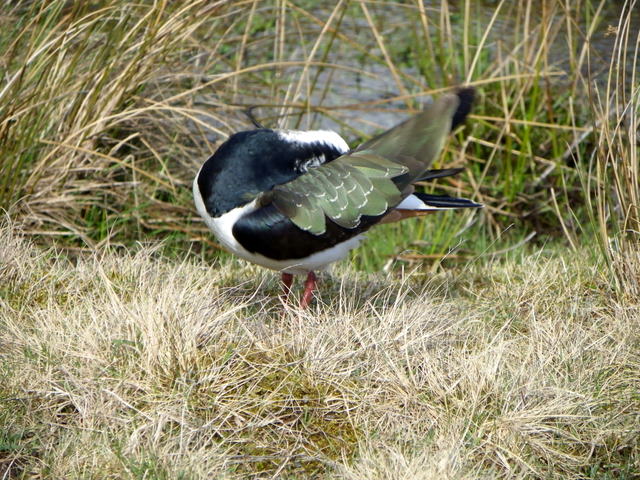


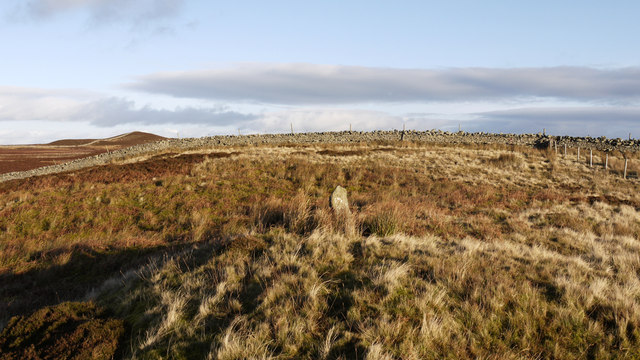


Dale Head Common is located at Grid Ref: NY9607 (Lat: 54.466641, Lng: -2.0502782)
Division: North Riding
Administrative County: North Yorkshire
District: Richmondshire
Police Authority: North Yorkshire
What 3 Words
///comply.working.orange. Near Bowes, Co. Durham
Nearby Locations
Related Wikis
Sleightholme
Sleightholme is a secluded hamlet on a dead end road in County Durham, England. It lies beside Sleightholme Beck, a tributary of the River Greta. The...
Walney to Wear and Whitby Cycle Route
The Walney to Wear and Whitby Cycle Route (or W2W) is the name of a cross-country cycle route in Northern England. It runs from Walney Island in Cumbria...
National Cycle Route 70
National Cycle Network (NCN) Route 70 is a Sustrans National Route that runs from Walney Island in Cumbria to Sunderland. The route is fully open and signed...
Whaw
Whaw is a hamlet in Arkengarthdale in North Yorkshire, England. It is one of few settlements in the dale and is one of the smallest. Its name derives from...
Have you been to Dale Head Common?
Leave your review of Dale Head Common below (or comments, questions and feedback).








